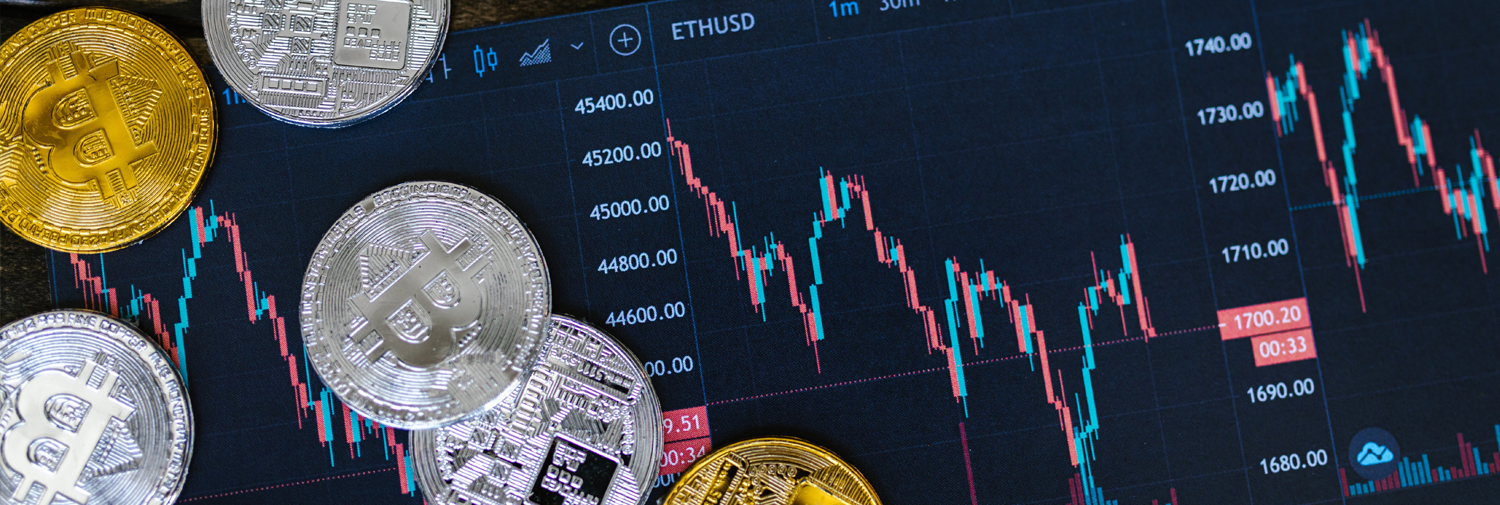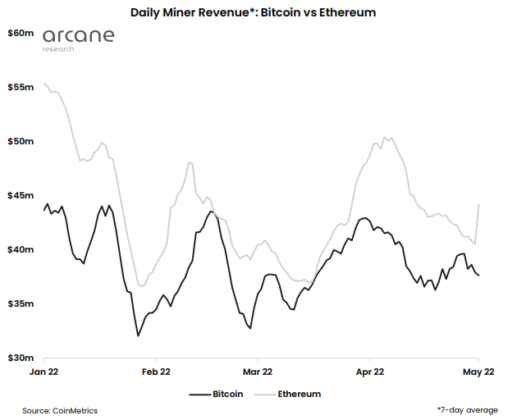
I was planning to write about N-acetyl-L-cysteine (NAC) much earlier, but then NAC-containing products that are labeled as dietary supplements came under investigation by the Food and Drug Administration (FDA) in the US. In a nutshell, the FDA has determined that NAC is excluded from the dietary supplement definition under the FD&C Act because NAC was approved as a prescription drug before it was marketed as a dietary supplement or as a food. As a result, all major retailers in the US have started to phase out related products from their catalogues. This does not affect me personally, because I live in Canada and NAC is still freely available as a supplement here. For anybody in the US this means that NAC as a supplement is now in the gray-zone of enforcement discretion by the FDA. [1]
Why has NAC been getting so popular in recent years?
When taken as a supplement, NAC increases the concentration of L-cysteine, an important and essential amino acid, in the body. Cysteine promotes the production of natural antioxidants such as glutathione (GSH), also called the "master detoxifier", which effectively helps the body deal with oxidative stress and other toxins. GSH not only relieves oxidative stress but also supports the functions of vital organs and helps eliminate heavy metals from the body. [2]
Naturally, NAC can be found in different fruits, herbs, and vegetables that, along with a healthy diet, are usually sufficient to fulfill the body's needs. However, as we are getting older it becomes increasingly more difficult for our cellular machinery to extract, generate, and supply an optimal amount of NAC. Other factors, such as poor nutrition, an unhealthy lifestyle, and environmental stress, also contribute to inadequate levels of NAC or cysteine in the body. Supplementation can help counteract these shortcomings. [3]
In clinical practice, NAC is approved and being used for the neutralization and treatment of paracetamol toxicity. Medical research studies have mostly attributed the health benefits of NAC to its antioxidant activity both via GSH and itself. It scavenges free radicals such as hydrogen peroxide and reactive oxygen species to prevent organ damage, especially to the liver. NAC is one of the most potent liver protectants known, which is why it gained popularity as a hangover cure and preventative. In any case, NAC helps maintain optimal cellular integrity and supports important cleansing functions of the body, which is what makes it interesting as a supplement for the purpose of delayed aging and prolonged longevity. [2][3]
It is important to note that aging does not necessarily mean getting older by numbers or appearance. Aging or pre-mature aging is the weakening and fading of our vital physiological functions. Thus, keeping all organs healthy and functioning optimally is directly related to enhanced longevity and a better quality of life. Among other threatening factors to organs, oxidative stress is one of the most common factors generated by the presence of free radicals and toxins. Oxidative stress can damage cells, tissues, and nerves, especially those that are prone to pre-mature aging, and increase the risk of chronic medical conditions, including neurodegenerative diseases. [5]
Health Benefits of NAC
To summarize, NAC is typically considered as an anti-aging and lifespan extending supplement for its strong antioxidant activity. Following are details on medical research studies related to the health benefits as well as physiological functions of NAC and how those can contribute to longevity and an overall better quality of life.
Delayed Aging
NAC helps keep the integrity of organs which creates an anti-aging effect. Medical research studies reported that it increases the resistance of the body against free radicals, environmental stress, and ultraviolet radiation. These functions of NAC specifically protect cells against unwanted cell death (apoptosis), reduce the risk of cancer, and promote other cellular functions that all eventually have a positive effect on lifespan. [2][4][6][7]
Medical studies have shown that NAC elevates the production of GSH which effectively relieves oxidative stress in different body parts. Furthermore, NAC modulates different signaling pathways that positively impact cell growth and arrest, slow down apoptosis, and relieve inflammation. NAC also helps the body against the causative actions of heavy metals, including lead, arsenic, and mercury via cellular detoxification. [2][3][5]
Moreover, studies reported that NAC provides neuroprotection and prevents mitochondrial decay which is highly associated with aging and age-related neurodegenerative diseases such as Alzheimer’s disease, Parkinsonism, and Huntington’s disease. The possible mechanisms include; an increase in the glutathione level in the brain, reduction of oxidative damage, increased mitochondrial protection, improve brain synaptic and non-synaptic activities, and a reduced risk of dopamine-induced cell death. [2][3][5]
Studies also suggested that NAC improves mental health and wellness via regulating neurotransmitters in the brain. It helps normalize glutamate and dopamine levels which boost overall activity of the brain and can improve the symptoms of psychiatric conditions, including schizophrenia, memory ailments, and bipolar disorders. An optimal level of glutamate supports memory, improves cognition and enhances learning capabilities. [6][8]
Another possible anti-aging effect includes the stimulation of hydrogen sulfide (H2S) biosynthesis that plays an important role in longevity and stress resistance. An optimal amount of H2S in the body influences aging-related pathways and improves certain biological activities. These activities are bioenergetics, cellular metabolism, stem cell proliferation and differentiation, autophagy, stress resistance, apoptosis, and inflammation. [7]
Quality of Life
NAC acts as a precursor for cysteine which replenishes the “master detoxifier” GSH in the body and helps prevent various medical conditions. It supports the physiological functions of the heart, lungs, and other vital organs via its antioxidant activity. Medical research studies demonstrated that NAC boosts the immune system, reducing the risk of developing chronic medical conditions. It does so by restoring the concentration of natural killer cells and supporting the functions of lymphocytes and phagocytes, increasing resilience to pathological agents. [2][9][10][14]
Adding more, NAC helps physical performance and may ease muscle fatigue. It enhances force output and improves muscle activity to support a healthy lifespan. Furthermore, NAC supports optimal reproductive and gastrointestinal health. It improves the symptoms of ulcerative colitis via softening the colonic tissue, relieving oxidative stress, decreasing the risk of cell apoptosis, enhancing injured colon recovery, and supporting tightening of junctions. [3][11]
Studies also confirmed that NAC improves the symptoms of various respiratory disorders. It helps chronic bronchitis, asthma, chronic obstructive pulmonary disease, cystic fibrosis, nasal congestion, and airway hyper-responsiveness (AHR). NAC decreases the frequency of symptom aggravation and relieves inflammation in the airways, including bronchial tubes and lung tissues. Moreover, it acts as an expectorant and softens the mucus for easier expulsion. In the case of chronic obstructive pulmonary disease (COPD), NAC improves lung function, reducing exacerbation. All these health benefits may help reduce the risk of respiratory disorders when using NAC as a preventative supplement. [2][3][15][16][17]
Furthermore, NAC supports optimal functioning of the kidneys and liver via detoxifying harmful agents such as drugs and environmental toxins. It may also help various hepatic disorders, including liver cancer via its antioxidant and anti-inflammatory activities. In the case of sexual health, NAC showed a positive impact on fertility, semen quality and also improved symptoms of polycystic ovary syndrome (PCOS) in women. [2][3][12][13]
Medical research studies also reported that NAC prevents the risk of diabetes by regulating blood sugar levels and relieving inflammation in fat cells. It reduces insulin resistance, improves glucose tolerance, and increases insulin sensitivity. Adding more, it not only reduces diabetic complications but also decreases the risk of heart diseases and supports optimal cardiovascular functions. All these health benefits may not only improve the overall quality of life, but also help delay aging, prevent pre-mature aging, and increase longevity through their positive action on organs. [18][19]
Precautions
More likely than not, the use of NAC as a supplement is safe for adults. However, it can cause gastrointestinal symptoms such as nausea, vomiting, diarrhea, and constipation at high doses. Also, other adverse effects include drowsiness, runny nose, chest tightness, and mouth swelling. Its relative safety is also evident in the guidance of the FDA, which states: "Unless we identify safety-related concerns during our ongoing review, [the] FDA intends to exercise enforcement discretion until either of the following occurs: we complete notice-and-comment rulemaking to allow the use of NAC in or as a dietary supplement (should we move forward with such proceedings) or we deny the NPA citizen petition’s request for rulemaking." - meaning, most importantly, that the FDA does not currently have any safety-related concerns about NAC. [1]
Lastly, please note that I am only talking about my personal experience and opinion. This is not medical advice and what works for me might not work for you. Please make sure to always consult your primary care physician about any information obtained from or through my site.
Take a look at this page for a full overview of all the supplements that I am currently taking on a regular basis: Fundamental Longevity Supplements. You will find links to other detailed articles, such as this one, about other supplements significant to longevity. There are also product endorsements and recommendations from me, based on the supplements that I am personally taking after spending years experimenting with different products.
References:
- https://www.fda.gov/regulatory-information/search-fda-guidance-documents/guidance-industry-policy-regarding-n-acetyl-l-cysteine
- Vida Mokhtari et al. "A Review on Various Uses of N-Acetyl Cysteine." Cell Journal, vol. 19(1), 2017: 11–17. https://doi.org/10.22074/cellj.2016.4872
- Špela Šalamon et al. "Medical and Dietary Uses of N-Acetylcysteine." Antioxidants, vol. 8(5), 2019: 111. https://doi.org/10.3390/antiox8050111
- Seung-Il Oh, Jin-Kook Park & Sang-Kyu Park. "Lifespan extension and increased resistance to environmental stressors by N-Acetyl-L-Cysteine in Caenorhabditis elegans." Clinics, vol. 70(5), 2015: 380–386. https://doi.org/10.6061/clinics/2015(05)13
- Sonja K. Soo et al. "Compounds that extend longevity are protective in neurodegenerative diseases and provide a novel treatment strategy for these devastating disorders." Mechanisms of Ageing and Development, vol. 190, 2020: 111297. https://doi.org/10.1016/j.mad.2020.111297
- Deepmala et al. "Clinical trials of N-acetylcysteine in psychiatry and neurology: A systematic review." Neuroscience & Biobehavioral Reviews, vol. 55, 2015: 294–321. https://doi.org/10.1016/j.neubiorev.2015.04.015
- Mikhail V. Shaposhnikov et al. "Effects of N-acetyl-L-cysteine on lifespan, locomotor activity and stress-resistance of 3 Drosophila species with different lifespans." Aging, vol. 10(9), 2018: 2428–2458. https://doi.org/10.18632/aging.101561
- Lianne Schmaal et al. "N-Acetylcysteine Normalizes Glutamate Levels in Cocaine-Dependent Patients: A Randomized Crossover Magnetic Resonance Spectroscopy Study." Neuropsychopharmacology, vol. 37, 2012: 2143–2152. https://doi.org/10.1038/npp.2012.66
- Lorena Arranz et al. "The glutathione precursor N-acetylcysteine improves immune function in postmenopausal women." Free Radical Biology and Medicine, vol. 45(9), 2008: 1252–1262. https://doi.org/10.1016/j.freeradbiomed.2008.07.014
- B. de Quay, R. Malinverni, B. H. Lauterburg. "Glutathione depletion in HIV-infected patients: role of cysteine deficiency and effect of oral N-acetylcysteine." AIDS, vol. 6(8), 1992: 815-819. PMID: 1418777.
- Qingjing Wang et al. "Protective effects of N-acetylcysteine on acetic acid-induced colitis in a porcine model." BMC Gastroenterology, vol. 13, 2013: 133. https://doi.org/10.1186/1471-230X-13-133
- Kívia Queiroz De Andrade et al. "Oxidative Stress and Inflammation in Hepatic Diseases: Therapeutic Possibilities of N-Acetylcysteine." International Journal of Molecular Sciences, vol. 16(12), 2015: 30269–30308. https://doi.org/10.3390/ijms161226225
- D. Quig. "Cysteine metabolism and metal toxicity." Alternative Medicine Review, vol. 3(4), 1998: 262–270. PMID: 9727078.
- Wulf Dröge & Raoul Breitkreutz. "Glutathione and immune function." Proceedings of the Nutrition Society, vol. 59(4), 2000: 595–600. https://doi.org/10.1017/s0029665100000847
- Claudio M. Sanguinetti. "N-acetylcysteine in COPD: why, how, and when?" Multidisciplinary Respiratory Medicine, vol. 11, 2015: 8. https://doi.org/10.1186/s40248-016-0039-2
- C. Stey, J. Steurer, S. Bachmann, T. C. Medici, M. R. Tramèr. "The effect of oral N-acetylcysteine in chronic bronchitis: a quantitative systematic review." European Respiratory Journal, vol.16 (2), 2000: 253-262. https://doi.org/10.1034/j.1399-3003.2000.16b12.x
- Elham Pirabbasi et al. "Efficacy of Ascorbic Acid (Vitamin C) and/N-Acetylcysteine (NAC) Supplementation on Nutritional and Antioxidant Status of Male Chronic Obstructive Pulmonary Disease (COPD) Patients." Journal of Nutritional Science and Vitaminology, vol. 62(1), 2016: 54–61. https://doi.org/10.3177/jnsv.62.54
- Phiwayinkosi V. Dludla et al. "A Systematic Review on the Protective Effect of N-Acetyl Cysteine Against Diabetes-Associated Cardiovascular Complications." American Journal of Cardiovascular Drugs, vol. 18, 2018: 283–298. https://doi.org/10.1007/s40256-018-0275-2
- Alona Falach-Malik et al. "N-Acetyl-L-Cysteine inhibits the development of glucose intolerance and hepatic steatosis in diabetes-prone mice." American Journal of Translational Research, vol. 8(9), 2016: 3744–3756. PMID: 27725855.

